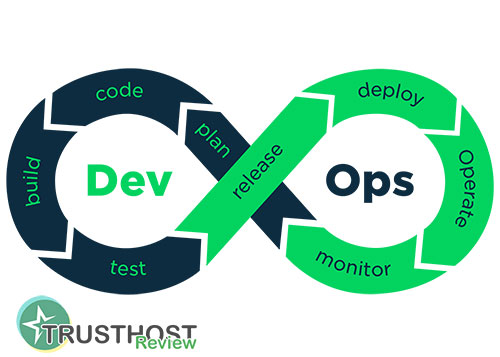phpMyAdmin: Your Free Gateway to MySQL and MariaDB Management
phpMyAdmin: A Powerful Tool for Database Administration
Databases play a crucial role in storing and managing data. Whether you're building a dynamic website, a sophisticated web application, or working with data-driven projects, interacting with databases is inevitable. For those using MySQL or MariaDB, phpMyAdmin emerges as an indispensable tool.
What is phpMyAdmin?
phpMyAdmin is a free and open-source web-based application written primarily in PHP. Its core function is to provide a user-friendly graphical interface for managing MySQL and MariaDB databases. Instead of interacting with databases through command-line tools, phpMyAdmin simplifies the process, making it accessible even for those with limited technical expertise.
Key Features and Benefits:
- Intuitive Web Interface: phpMyAdmin's web-based interface provides a visual way to interact with your databases. You can perform various operations with ease, from creating, deleting, and modifying databases, tables, and fields to managing users and permissions.
- Data Management Made Easy: Easily browse, search, edit, and export data within your database tables. phpMyAdmin allows you to manipulate data directly through its intuitive interface.
- Import and Export Capabilities: Seamlessly import data from various formats like CSV, SQL, and XML, or export your database content for backup or migration purposes.
- SQL Query Execution: phpMyAdmin provides a dedicated section to write and execute SQL queries directly, giving you full control over your database operations.
- Database Administration: Manage users, grant or revoke permissions, set up routines, and perform other administrative tasks, all from a central location.
How Does phpMyAdmin Work?
phpMyAdmin acts as an intermediary between your web browser and your MySQL or MariaDB server. When you access phpMyAdmin through your web browser, it communicates with the MySQL/MariaDB server using PHP scripts. These scripts interpret your actions within the phpMyAdmin interface (like creating a table or inserting data) and translate them into SQL queries that are then executed on the database server. The results are then fetched back and displayed in a user-friendly format within your web browser.
Getting Started with phpMyAdmin
Typically, phpMyAdmin comes pre-installed with most web hosting packages that support PHP and MySQL/MariaDB. Accessing it usually involves navigating to a specific URL associated with your web hosting account, often something like 'yourdomain.com/phpmyadmin'.
Security Considerations
While phpMyAdmin is a valuable tool, it's essential to prioritize security. Since it provides direct access to your databases, keep these tips in mind:
- Strong Passwords: Use strong, unique passwords for your MySQL/MariaDB users and your phpMyAdmin installation itself.
- Secure Connections: Whenever possible, access phpMyAdmin over a secure HTTPS connection to encrypt communication.
- Regular Updates: Keep your phpMyAdmin installation updated to benefit from the latest security patches and bug fixes.
- Restrict Access: Limit access to phpMyAdmin by configuring your webserver to restrict access to authorized users or IP addresses only.
Conclusion
phpMyAdmin has become an indispensable asset for developers and database administrators worldwide. It bridges the gap between the complexities of database management and the need for an easy-to-use interface. By understanding its features, workings, and security considerations, you can harness the power of phpMyAdmin to streamline your database management tasks efficiently and securely.
















